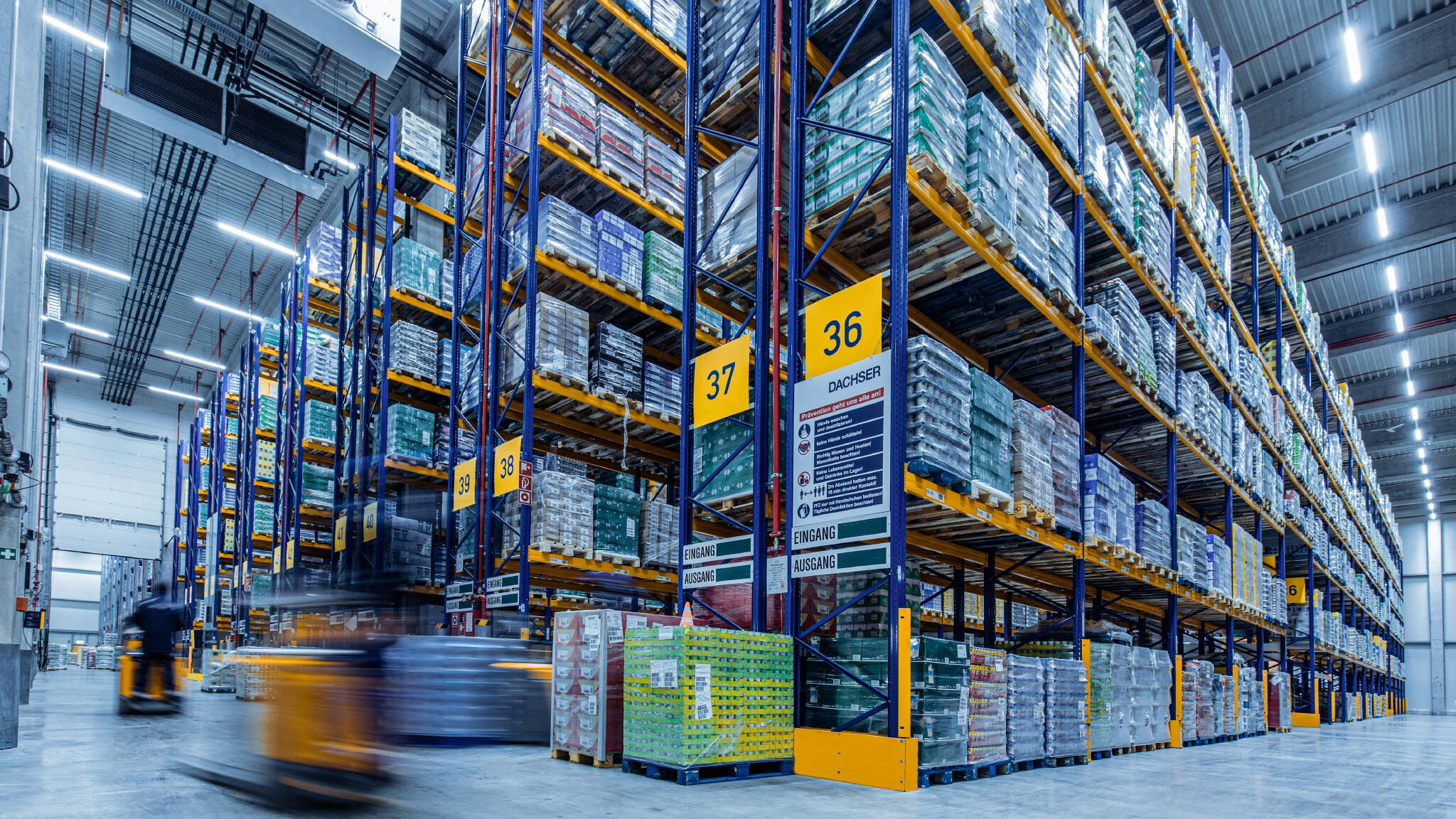Ready to turn insight into action?
We help organisations transform ideas into measurable results with strategies that work in the real world. Let’s talk about how we can solve your most complex supply chain challenges.

Leveraging Supply Chain Cost Reduction Levers: A Strategic Approach
Supply chain cost management is a critical component of maintaining profitability and competitiveness, particularly in a challenging economic environment. By strategically implementing cost reduction levers across different stages of the supply chain—planning, sourcing, manufacturing, and delivery—organisations can achieve significant savings and operational efficiencies. This article outlines a structured approach to deploying these levers over short-term (0-3 months), mid-term (3-6 months), and long-term (over 6 months) horizons, ensuring a sustained impact on cost reduction.
0-3 Months: Quick Wins for Immediate Impact
In the initial phase, the focus is on identifying and implementing quick wins that can provide immediate cost savings without requiring extensive resources or time. These actions are crucial for setting the stage for more complex initiatives in the mid and long term.
Plan:
- Improve Inventory Management: Enhancing inventory management practices is a low-effort, high-impact lever that can quickly reduce carrying costs. This involves optimising reorder points, reducing excess stock, and improving demand forecasting accuracy.
Source:
- Identify Supply Managed Inventory (SMI): By identifying inventory that can be managed directly by suppliers, companies can reduce the burden on internal resources and improve supply chain efficiency.
- Minimise Supplier Risk: Proactively identifying and mitigating supplier risks helps avoid disruptions and potential cost overruns. This might include diversifying suppliers or negotiating better terms with existing ones.
- Identify Best Raw Material Price: Conducting a thorough market analysis to identify the best prices for raw materials can lead to immediate cost savings, especially when coupled with strategic sourcing practices.
Make:
- Implement Predictive Maintenance Solution: Introducing predictive maintenance solutions can prevent costly equipment failures and downtime, leading to improved operational efficiency and cost savings.
Deliver:
- Quick Transportation Spend Analytics: Rapidly analysing transportation spend to identify inefficiencies and cost-saving opportunities is a quick win. This can include route optimisation, consolidating shipments, and renegotiating freight contracts.
3-6 Months: Building on Early Gains
In the mid-term, the focus shifts to more involved projects that build on the initial quick wins. These initiatives typically require more coordination and resources but can lead to substantial cost reductions and efficiency improvements.
Plan:
- Improve Energy Management: Optimising energy consumption in manufacturing and logistics operations can significantly reduce costs. This might involve implementing energy-efficient technologies or renegotiating energy contracts.
- Implement Late-Stage Differentiation Strategy: For similar products, implementing a late-stage differentiation strategy can reduce inventory levels and associated costs by delaying product customisation until the latest possible point in the supply chain.
- Align Team on Production Roadmap: Ensuring that all teams are aligned with a clear production roadmap can streamline operations and reduce unnecessary expenditures.
- Deploy Product Quality Analytics and Root Cause Methodology: Investing in quality analytics and root cause analysis can reduce waste and rework costs, leading to more efficient production processes.
Source:
- Rapid Sourcing Execution: Accelerating the sourcing process allows companies to take advantage of market opportunities and secure better deals, reducing procurement costs.
- Drive SKU Simplification and Optimisation: Simplifying and optimising SKUs can lead to significant savings by reducing complexity in production and inventory management.
Make:
- Workforce Optimisation: Reviewing and optimising workforce deployment can reduce labour costs while maintaining or improving productivity levels. This might involve reskilling workers or adjusting shift patterns.
- Optimise Production: Streamlining production processes and eliminating inefficiencies can reduce operational costs and improve output.
- Integrating Digital Technologies: Incorporating digital technologies into production processes can drive efficiency gains and reduce costs through automation and better data utilisation.
Deliver:
- Optimise Warehouse Capacity: Making better use of warehouse space through layout optimisation and inventory management improvements can reduce storage costs and improve throughput.
- Define and Implement Logistics Operating Models: Deciding on the most effective logistics operating models—whether in-house, 3PL, 4PL, or shared—can lead to significant cost savings through better resource utilisation.
- Labour Optimisation in Warehouse: Streamlining labour operations in the warehouse can reduce costs associated with overtime, shift premiums, and inefficiencies.
Over 6 Months: Long-Term Strategic Changes
In the long term, the focus is on implementing strategic changes that not only reduce costs but also position the organisation for sustained success. These initiatives are more complex and resource-intensive but offer the potential for transformative impact.
Plan:
- Define Manufacturing Operating Model: Reviewing and defining the manufacturing operating model—whether contract manufacturing, in-house production, or a mix of fixed and variable labour—can lead to significant cost efficiencies and better alignment with business goals.
Source:
- Implement Predictive Analytics to Proactively Manage Delays: Leveraging predictive analytics to anticipate and manage delays in the supply chain can reduce costs associated with late deliveries, rush orders, and stockouts. This proactive approach helps maintain service levels while controlling expenses.
Make:
- Continue to Drive Production Optimisation: Ongoing optimisation of production processes, integrating new technologies, and refining workflows ensure that cost reductions achieved in earlier phases are sustained and built upon.
Deliver:
- Expand Logistics Optimisation: Continuing to refine logistics operations by incorporating advanced technologies, optimising routes, and better managing transportation resources ensures ongoing cost savings and improved service levels.
A Strategic Approach to Supply Chain Cost Reduction
Effectively managing supply chain costs requires a structured approach that addresses both immediate needs and long-term objectives. By focusing on quick wins in the short term, building on these gains in the mid-term, and implementing strategic changes in the long term, organisations can achieve sustained cost reductions and enhanced operational efficiency.
Trace Consultants offers the expertise and support needed to identify and implement the most effective cost reduction levers for your supply chain. Whether your organisation is looking to improve inventory management, optimise sourcing, enhance production processes, or streamline delivery operations, Trace Consultants can provide the strategic guidance necessary to achieve your goals.
For more information on how Trace Consultants can assist your organisation in reducing supply chain costs, reach out to their team of experts today.
Contact us today, trace. your supply chain and procurement consulting partner.
Ready to turn insight into action?
We help organisations transform ideas into measurable results with strategies that work in the real world. Let’s talk about how we can solve your most complex supply chain challenges.








